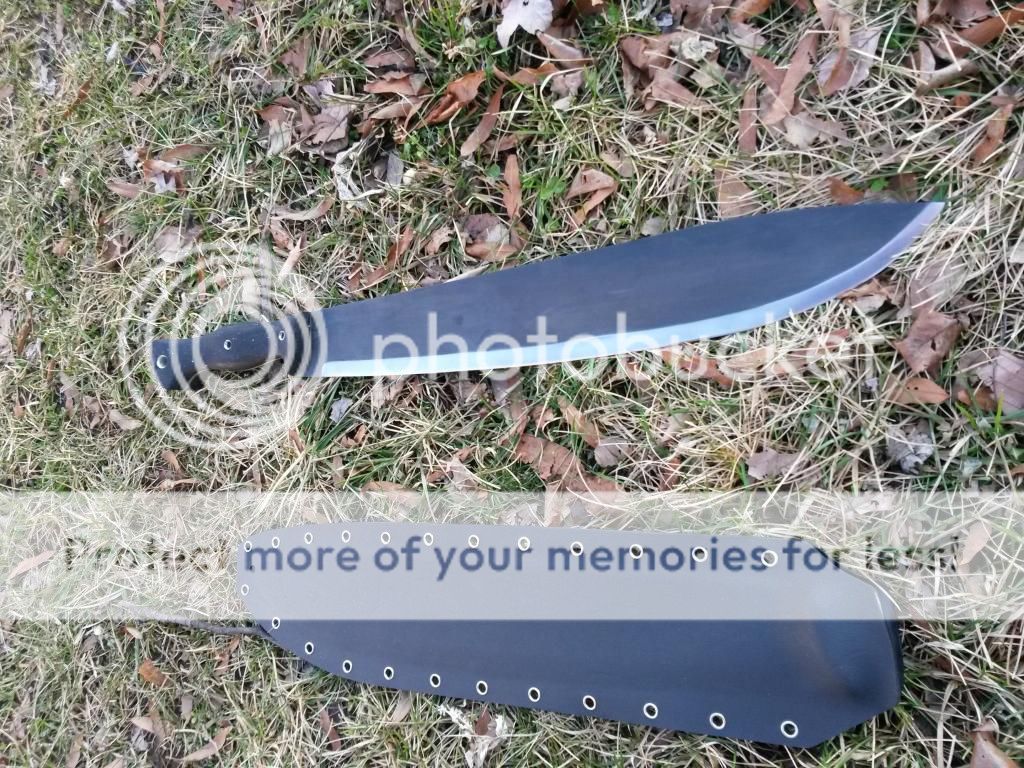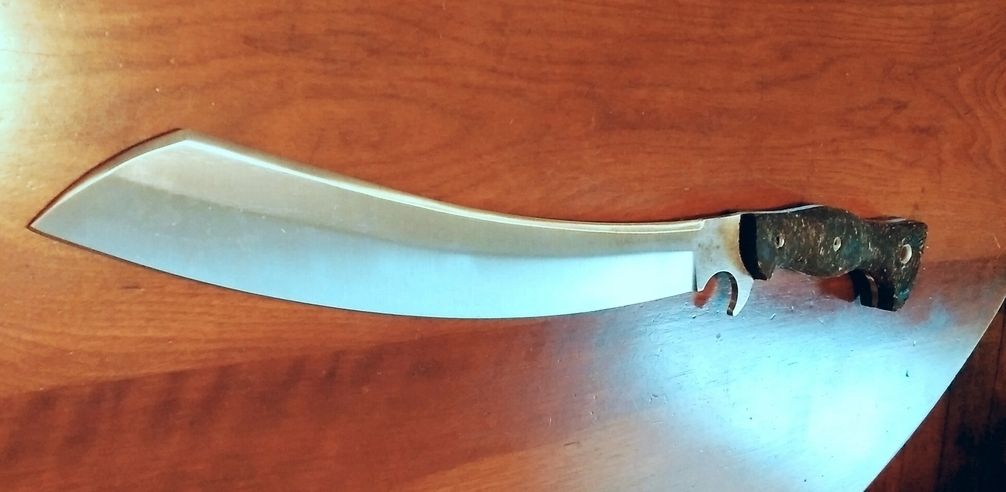- Joined
- Jun 30, 2011
- Messages
- 35
I need a machete. I just obtained access to some hunting property that is lowland crisscrossed with creeks and streams. Undergrowth is thick across large amounts of the property, and I need to cut some trails and clear vegetation in areas to hang stands. So this is a perfect opportunity to add another sharp object to the collection.
I'm planning for something relatively compact to make for easy carry, since I won't be bushwhacking for significant amounts of time or area. I have permission to cut strategically to allow hunting, but I plan to leave the landscape untouched as much as possible. Vegetation is a mix of briars, vines, creepers, bushes and saplings. I always have my folding saw, so branches or trees of any noticeable size can be cut with the saw (or my pack axe). The machete is really for the times I come into a thick growth of the vines/briars/brush, which an axe or saw is ill suited.
What pattern makes for a good all-around machete? Bolo? Parang? Latin? Other?
I'm planning for something relatively compact to make for easy carry, since I won't be bushwhacking for significant amounts of time or area. I have permission to cut strategically to allow hunting, but I plan to leave the landscape untouched as much as possible. Vegetation is a mix of briars, vines, creepers, bushes and saplings. I always have my folding saw, so branches or trees of any noticeable size can be cut with the saw (or my pack axe). The machete is really for the times I come into a thick growth of the vines/briars/brush, which an axe or saw is ill suited.
What pattern makes for a good all-around machete? Bolo? Parang? Latin? Other?







